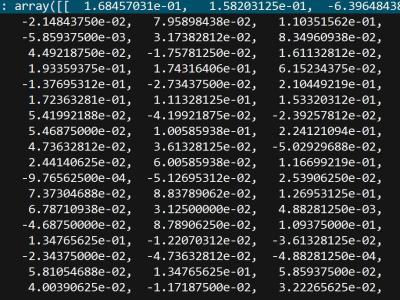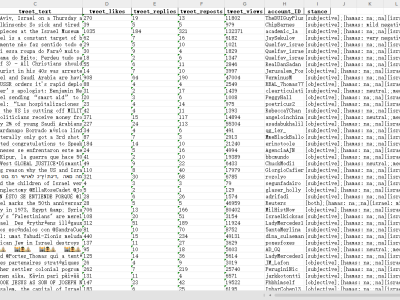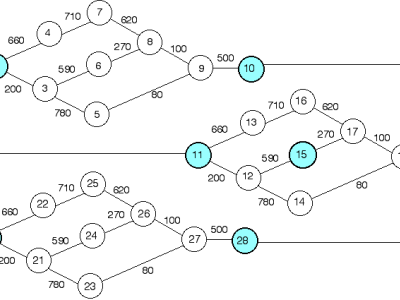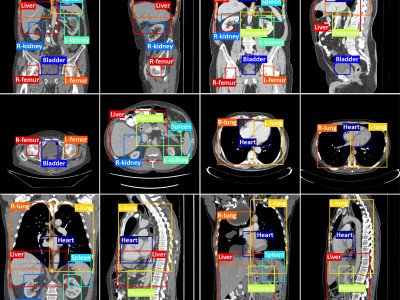
The data format is described as follows:
Event: {‘acc’: array([[x_axis], [y_axis], [z_axis], ‘gyr’,array([x_axis], [y_axis], [z_axis], ‘label’: No ]
No =1 means acceleration.
No =2 means normal driving.
No =3 means collision.
No =4 means left turn.
No =5 means right turn.
The dataset was analyzed and disclosed in the paper "Vehicle Driving Behavior Recognition Based on Multi-View Convolutional Neural Network (MV-CNN) with Joint Data Augmentation" for the first time.
- Categories:






